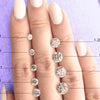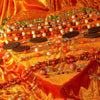
Recycled Diamonds vs New Diamonds: Understanding Value and Sustainability
In the world of fine jewelry, the conversation about diamond sourcing has evolved significantly. There's an increasing interest in sustainable practices that respect both the environment and human rights. Among the alternatives, the choice between recycled diamonds and newly mined diamonds presents a compelling debate for both consumers and industry professionals alike.
Table Of Contents
- Understanding Recycled Diamonds
- Definition and Origins of Recycled Diamonds
- Recycling Process: From Recovery to Retail
- Comparison of Recycled Diamonds and New Diamonds
- Altering Perceptions of Value and Quality Diamonds
- Environmental Impact of Diamond Mining vs. Recycling
- Price Difference Between Recycled and New Diamonds
- Market Demand and Trends Affecting Both Types
- Frequently Asked Questions
Recycled diamonds are essentially diamonds that have been previously set in jewelry, then repurposed for resale. I consider them an eco-friendly option since they don't add to the environmental and social impacts of new diamond mining operations. The beauty of these stones remains unchanged, as the physical characteristics that define a diamond's value - such as its cut, color, clarity, and carat weight - endure over time.
Recycled Diamonds
1. Environmentally friendly option
2. Reduce demand for new diamond mining
3. Often less expensive than new diamonds
4. May have a unique history or story
New Diamonds
1. Mined from the earth
2. May have a larger selection of options
3. Higher perceived value due to rarity
4. Potential ethical concerns regarding mining practices
On the other hand, new diamonds are extracted from the earth through mining. This process often raises concerns about its environmental footprint and the ethical challenges associated with diamond excavation. While new diamonds play a significant role in the jewelry market, they come with repercussions that are increasingly becoming part of the consumer's decision-making process.
Understanding Recycled Diamonds
In this section, I will guide you through the core concepts of recycled diamonds, including what they are and their journey back to the market. My aim is to provide a thorough understanding grounded in accuracy and specifics.
Definition and Origins of Recycled Diamonds
Recycled diamonds are also known as reclaimed or repurposed diamonds. These are gemstones that have previously been set in jewelry and are later resold for reuse. These diamonds originate from various sources including, but not limited to, pre-owned jewelry from pawn shops and estate sales. The beauty of recycled diamonds lies in their history, having been worn before and ready to find new life in contemporary settings.
Recycling Process: From Recovery to Retail
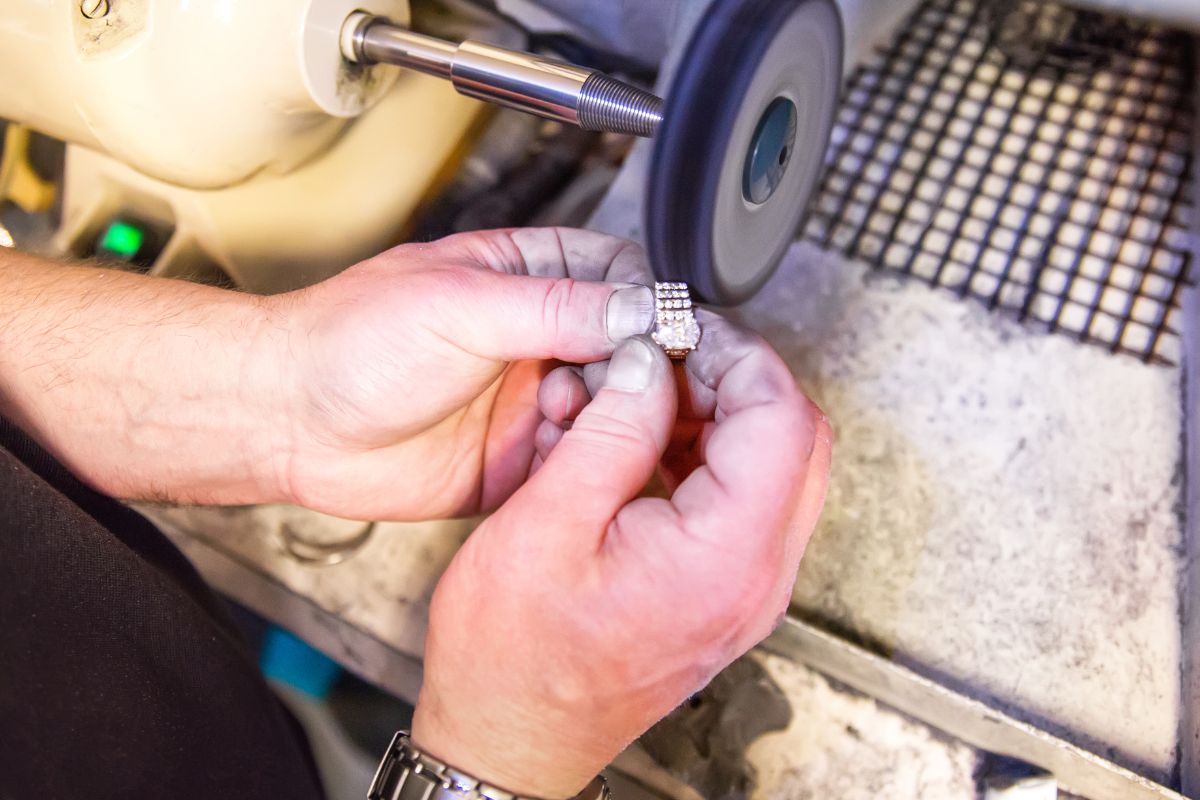
The process of recycling diamonds involves several steps to ensure that the stones are fit for resale. First, each diamond is carefully recovered from its previous setting. Once reclaimed, these diamonds often undergo recutting if needed, to enhance their appearance or modify their shape to suit current market trends.
The next step is repolishing, which revitalizes the diamond's facet, ensuring maximum brilliance. Finally, repolished diamonds are meticulously inspected for quality before they are prepared for retail. This path from recovery to retail maintains the integrity of the diamonds and ensures that new buyers receive high-quality, sustainable gemstones.
Comparison of Recycled Diamonds and New Diamonds
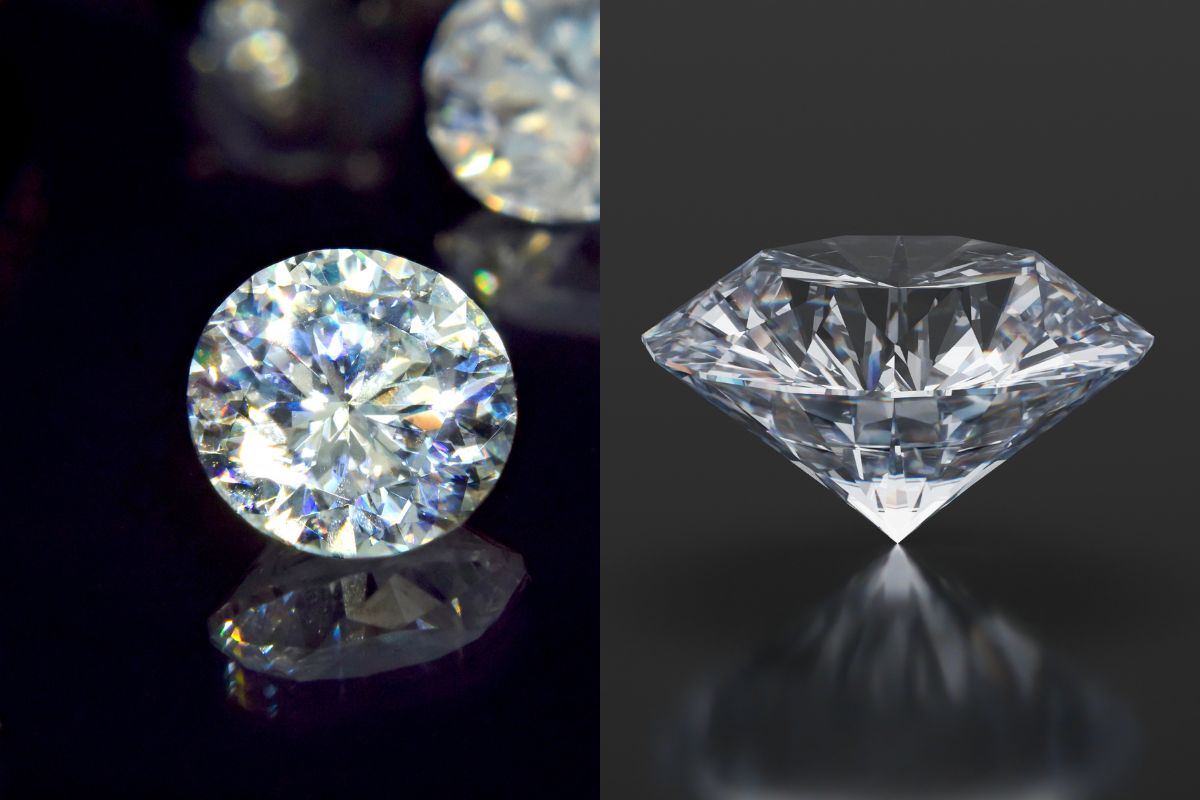
| Aspect | Recycled Diamonds | New Diamonds |
|---|---|---|
| Source | Derived from previously owned jewelry or industrial sources. | Mined from natural deposits in the earth. |
| Environmental Impact | Reduces the need for new mining, lowering environmental impact. | Mining can have significant environmental consequences, including habitat destruction and pollution. |
| Cost | Typically less expensive than new diamonds. | New diamonds generally have higher prices due to the mining process. |
| Quality | Quality can vary based on the source and processing of the recycled diamonds. | New diamonds may offer more consistency in quality and certification. |
| Origin Verification | May be challenging to verify the exact origin and history of recycled diamonds. | New diamonds come with detailed certification providing information about their origin and characteristics. |
In this section, I explore distinct aspects that differentiate recycled diamonds from new diamonds, covering their value, environmental implications, pricing, and current market demands.
Altering Perceptions of Value and Quality
The quality and value of a diamond are traditionally assessed by its cut, clarity, color, and carat—also known as the 4 Cs. Recycled diamonds, those previously owned and re-entered into the market, uphold these standards as their physical properties remain unchanged over time. Buyers question whether a recycled diamond can match the allure of a new diamond; however, since a diamond’s durability is unparalleled, a well-maintained recycled diamond retains its quality akin to a newly mined counterpart.
Environmental Impact of Diamond Mining vs. Recycling
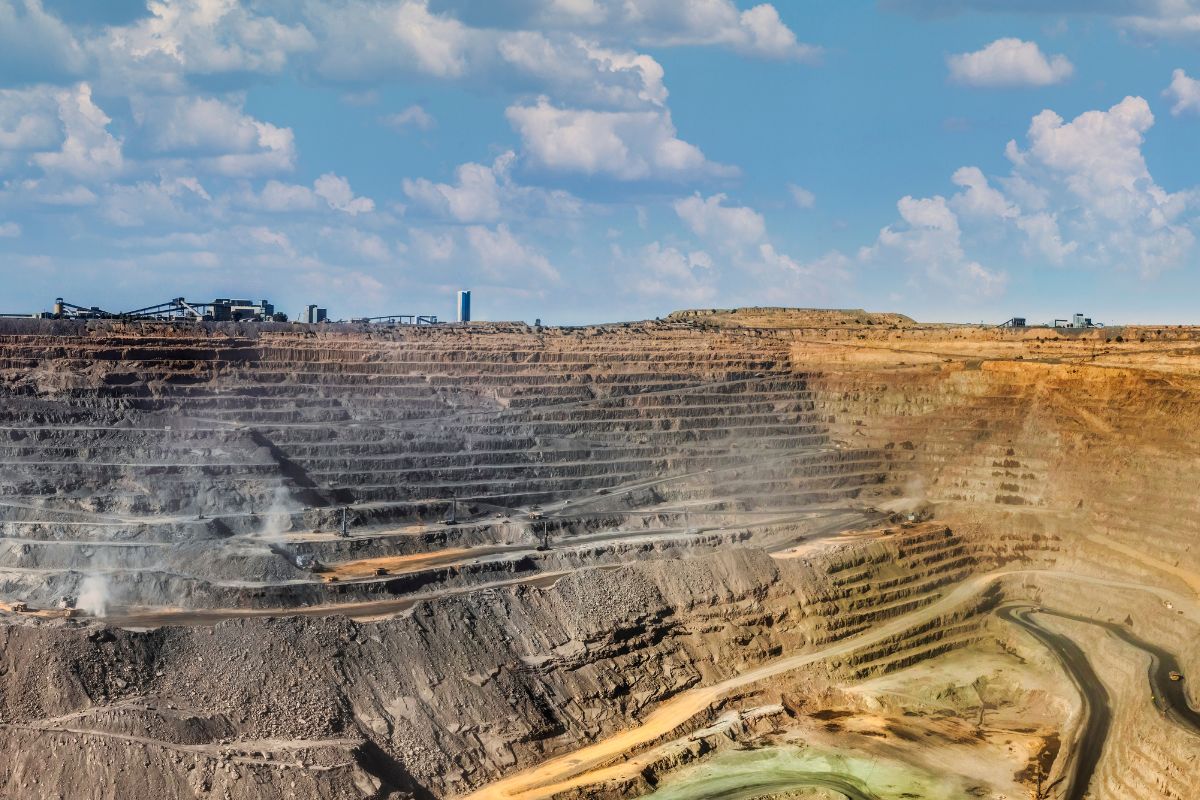
Diamond mining has significant ecological impact, including habitat destruction and potential ethical conflicts. In contrast, recycled diamonds represent a sustainable choice with a nearly zero impact on the environment. By reusing diamonds, I'm looking at reducing the demand for diamond mining, thus limiting further environmental damage and sustaining earth's natural resources.
Price Difference Between Recycled and New Diamonds
| Diamond Type | Average Price (per carat) |
|---|---|
| Recycled Diamonds | $500 - $5,000 |
| New Diamonds | $1,000 - $20,000 |
When considering the price, recycled diamonds often come at a lesser cost compared to new diamonds due mainly to the resale value factor. It’s not about lower quality, but the perception of pre-owned diamonds which affects the price. This discrepancy provides a budget-friendly option for consumers seeking the luxury of diamonds without the expense typically associated with new stones.
Market Demand and Trends Affecting Both Types
The diamond industry is witnessing a shift towards sustainability and ethical sourcing, which influences consumers’ preferences. While lab-grown diamonds present a modern alternative, the demand for recycled diamonds is rising due to their sustainable narrative and historical charm. As awareness grows, trends point toward a steady increase in the demand for recycled diamonds paralleled by discerning customers opting for new diamonds with transparent, ethical sourcing.
Frequently Asked Questions
In this section, I will cover the nuances between recycled and new diamonds, touching on aspects like cost, quality, value over time, differentiation, key considerations for purchase, and their environmental impact.
What are the cost differences between recycled and new diamonds?
Recycled diamonds are typically less expensive than new ones due to the reduced costs associated with extracting and processing. I can confirm that as they have been previously owned, the markup is largely avoided.
How do recycled diamonds compare to new diamonds in terms of quality?
Recycled diamonds retain the same intrinsic physical properties as new diamonds. Their quality is on par with new diamonds, assuming they haven't been damaged since diamonds are the hardest natural substance and don't deteriorate with normal wear.
Is there a value increase in diamonds due to age?
The age of a diamond does not inherently increase its value. Valuation is more closely tied to attributes such as cut, clarity, color, and carat weight. However, antique diamonds or those with historical significance may carry additional value.
Can experts distinguish between recycled and lab-grown diamonds?
Experts can differentiate between recycled and lab-grown diamonds using specialized equipment. Recycled diamonds were formed naturally, while lab-grown diamonds have distinct growth patterns and inclusions specific to their creation process.
What should be considered when purchasing an engagement ring with a recycled diamond?
When purchasing an engagement ring with a recycled diamond, verify its certification, check for any damage, and understand its history. Prioritizing a diamond's quality and how it fits into the ring's design is crucial.
Do recycled diamonds offer environmental benefits over newly-mined ones?
Recycled diamonds provide environmental benefits. They don't contribute to further land disturbance or the significant resource expenditure associated with new diamond mining. They're an eco-friendly option that reduces the demand for mined stones.
Checkout some of our top collections:
Leave a comment
Please note, comments must be approved before they are published.

